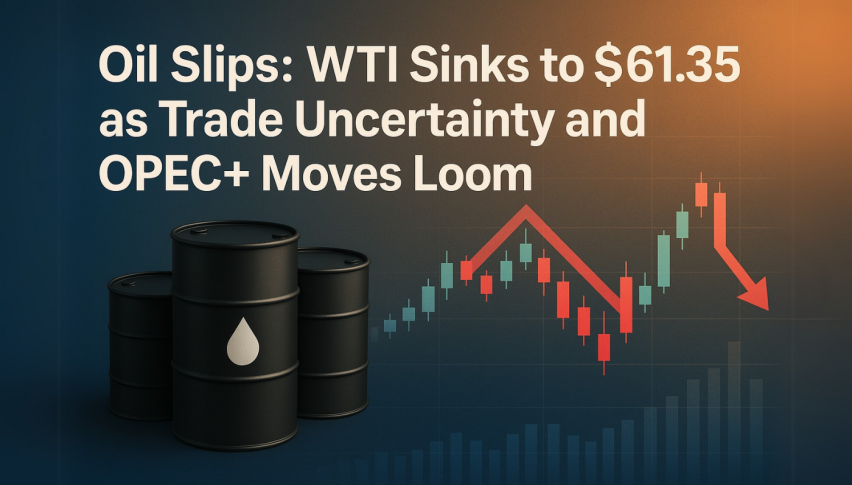Gold Prices Drop as Dollar Gains: Is $2,850 the Next Target?
Gold prices are under pressure, heading for their largest weekly decline since November, driven by a stronger U.S. Dollar and anticipation..

Gold prices are under pressure, heading for their largest weekly decline since November, driven by a stronger U.S. Dollar and anticipation of key U.S. inflation data.

As of February 28, 2025, Gold (XAU/USD) is trading at $2,864, down 0.38%, after breaking below the critical support level of $2,878. The Dollar Index (.DXY) is set for a weekly gain of 0.7%, making dollar-denominated gold more expensive for foreign buyers and contributing to the ongoing sell-off.
IG market strategist Yeap Jun Rong noted, “While gold is considered a safe-haven asset, the strong U.S. Dollar and trade uncertainties are prompting profit-taking, leading to extended selling pressure.” The 50-day Exponential Moving Average (EMA) at $2,910 remains a crucial resistance level, reinforcing the bearish sentiment.
Gold Key Price Levels and Technical Outlook
The recent breakdown below the upward trendline has heightened selling interest, with immediate support now at $2,854, followed by deeper cushions at $2,835 and $2,809. The technical outlook suggests continued downside potential, with sellers likely targeting $2,850 initially. A break below this level could drive prices towards $2,835, reinforcing the bearish trend.
On the upside, resistance is seen at $2,878, aligning with the previous support now acting as resistance. Stronger barriers lie at $2,898 and $2,944. Any attempt to recover may face challenges unless gold reclaims the $2,878 level.
For traders, the recommended strategy is to Sell Below $2,878 with a Take Profit at $2,850 and a Stop Loss at $2,898. Close attention should be given to price action near $2,854, as a breakdown could accelerate selling pressure.
Impact of U.S. Inflation Data and Dollar Strength
Investors are now keenly awaiting the release of the Personal Consumption Expenditures (PCE) Price Index, the Federal Reserve’s preferred measure of inflation. The data is expected to provide crucial insights into the Fed’s monetary policy direction. If inflation remains under control, it could reduce expectations of interest rate hikes, potentially supporting gold prices.

However, Philadelphia Federal Reserve Bank President Patrick Harker recently supported maintaining short-term borrowing costs within the 4.25%-4.50% range, suggesting a cautious approach from the Fed. This has contributed to the Dollar’s strength, further pressuring gold.
Gold’s appeal as a non-yielding asset diminishes in a rising rate environment. The uncertainty surrounding U.S. trade policies, including proposed tariffs on Mexican, Canadian, and Chinese imports, continues to impact market sentiment. President Donald Trump’s decision to implement a 25% tariff on Mexican and Canadian goods on March 4, along with a 10% duty on Chinese imports, has heightened market volatility.
Key Insights:
Bearish Momentum: Gold remains bearish below the Pivot Point at $2,878 and the 50 EMA at $2,910.
Support Levels: Key supports at $2,854, $2,835, and $2,809.
Resistance Levels: Immediate resistance at $2,878, followed by $2,898 and $2,944.
- Check out our free forex signals
- Follow the top economic events on FX Leaders economic calendar
- Trade better, discover more Forex Trading Strategies
- Open a FREE Trading Account



